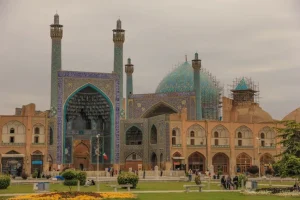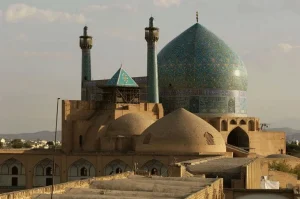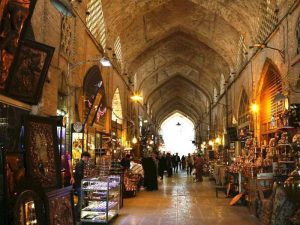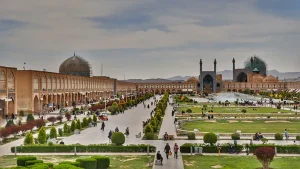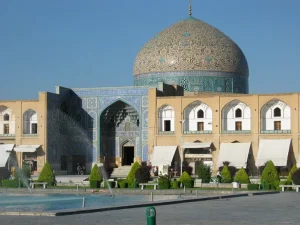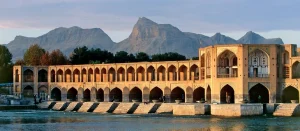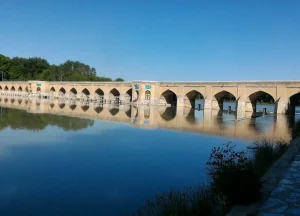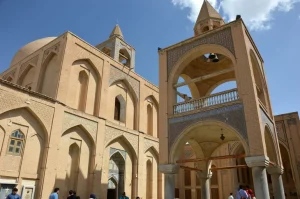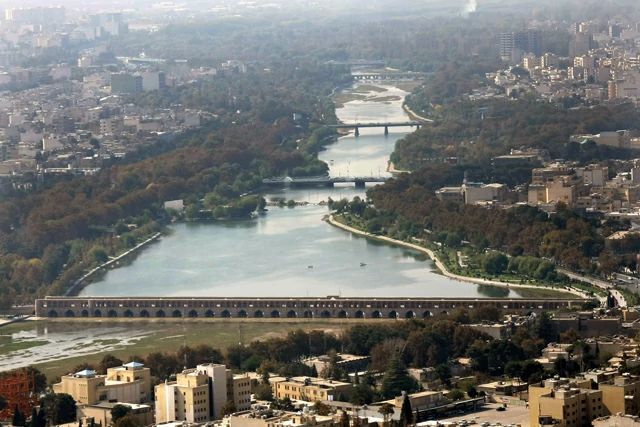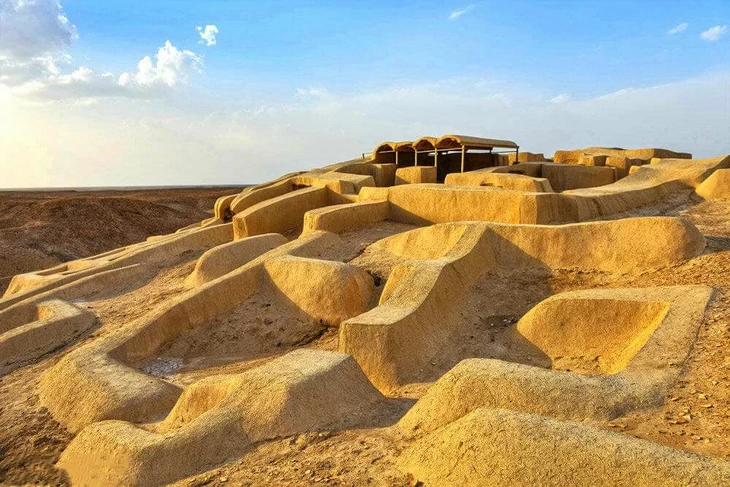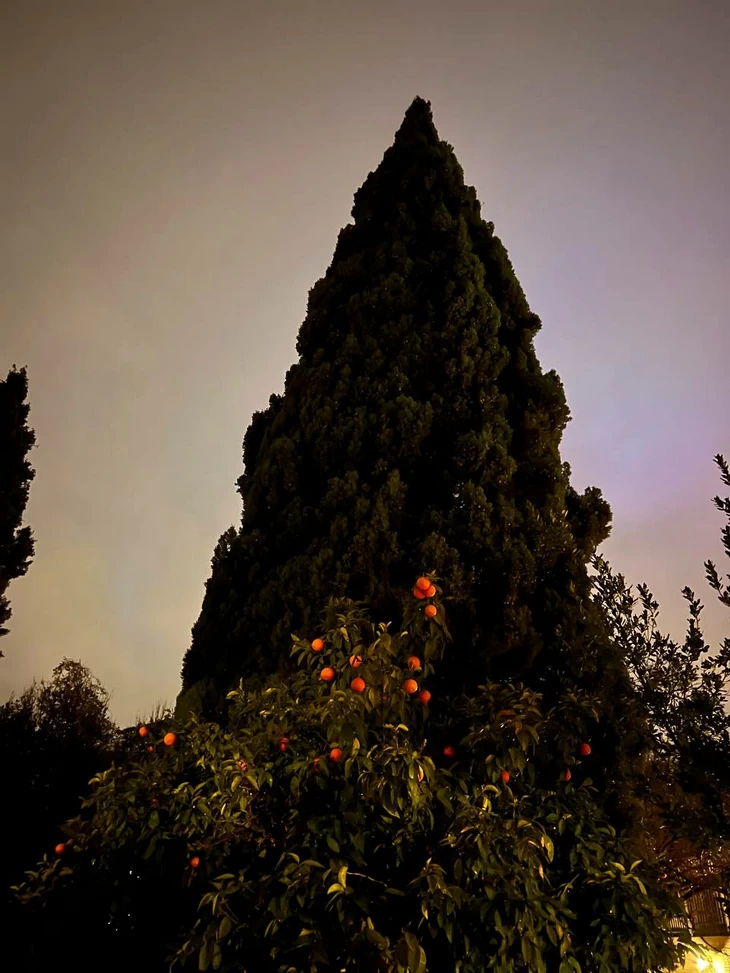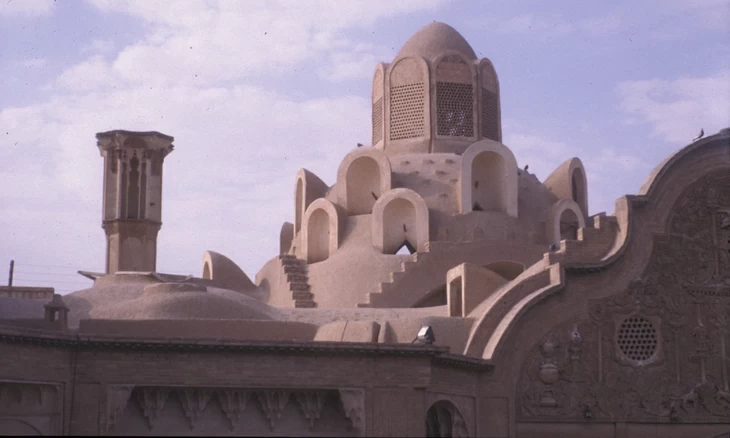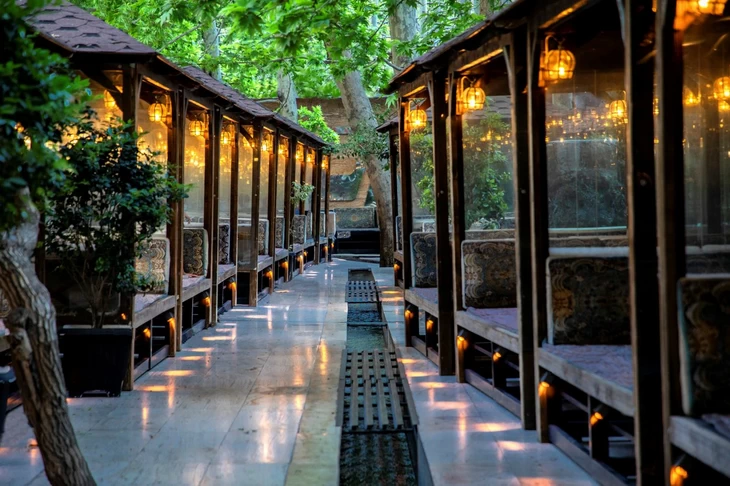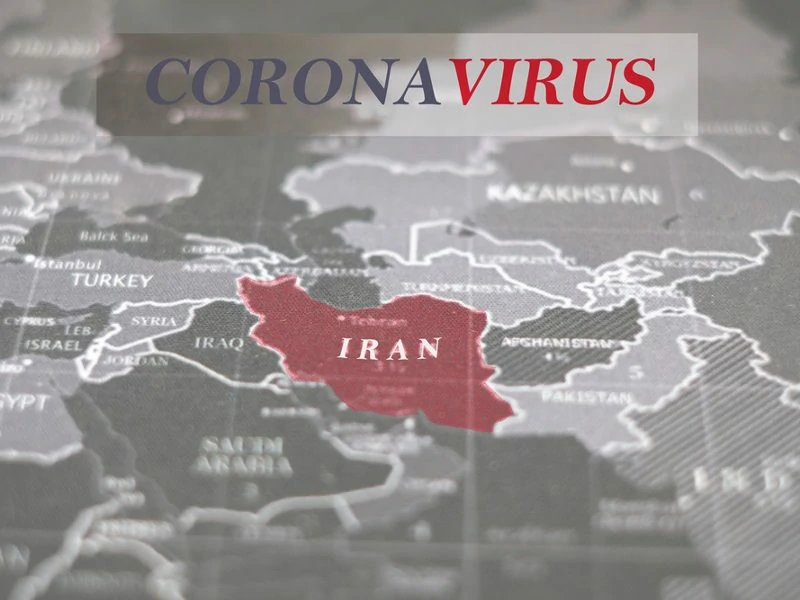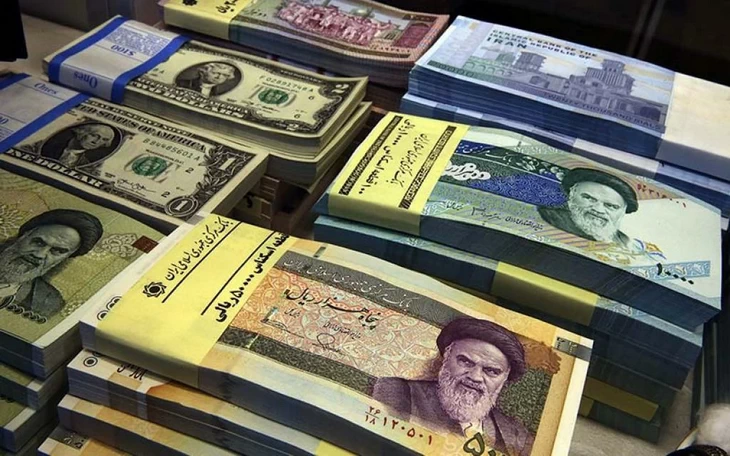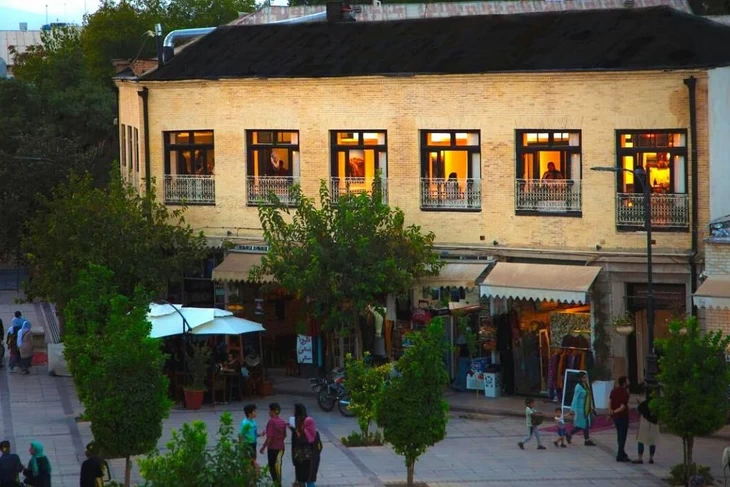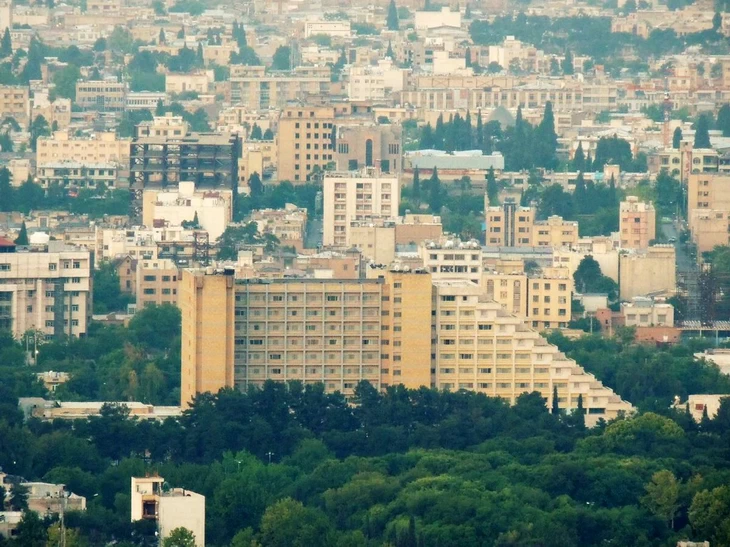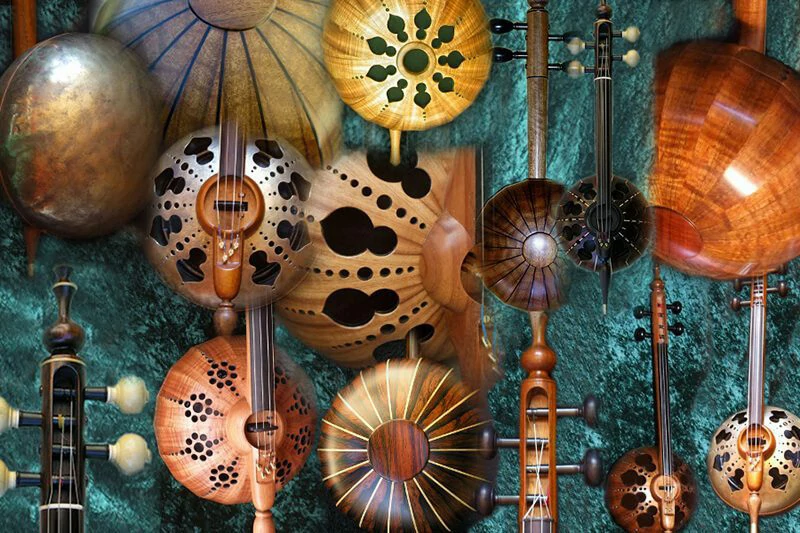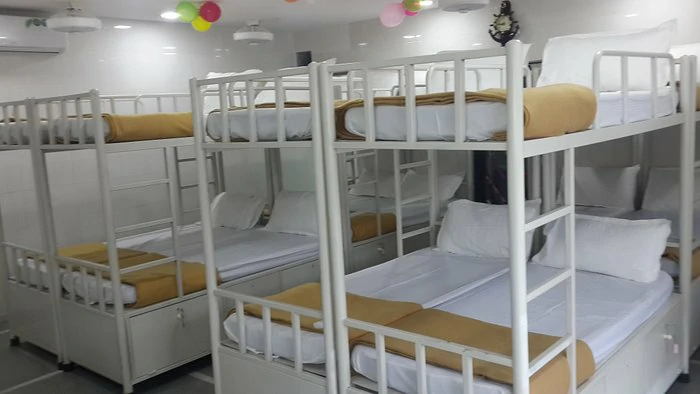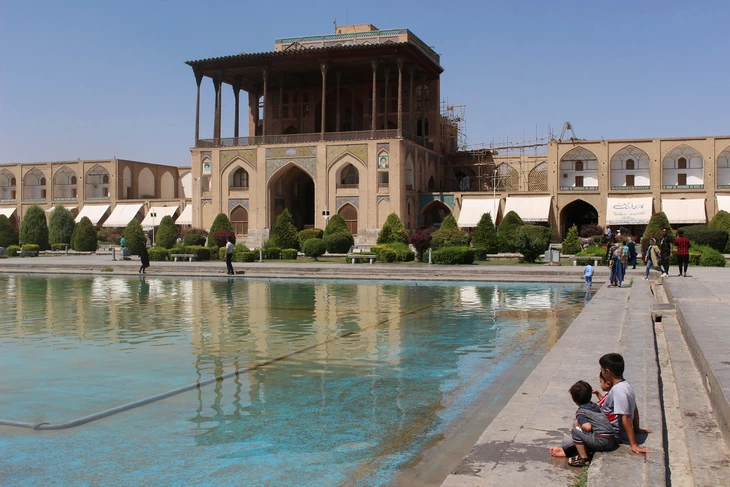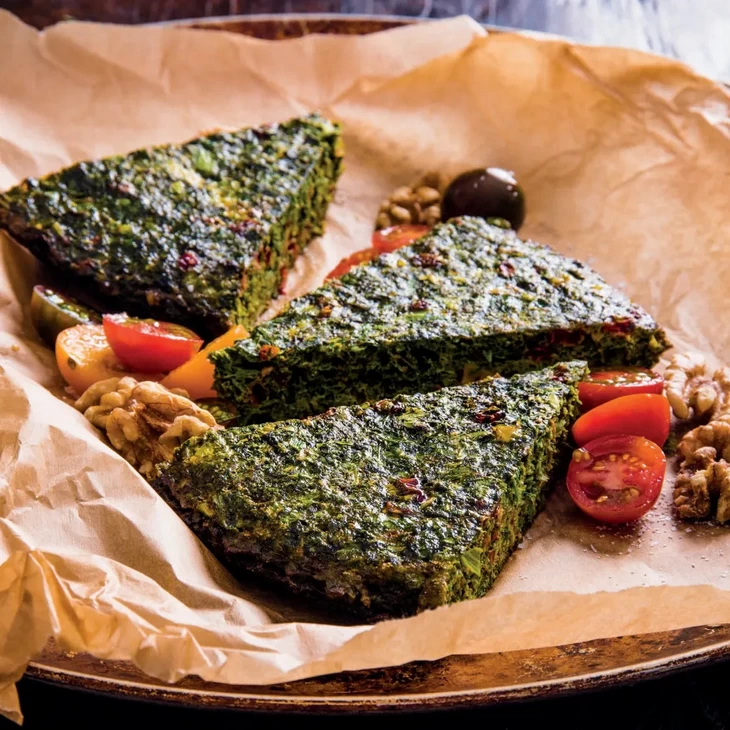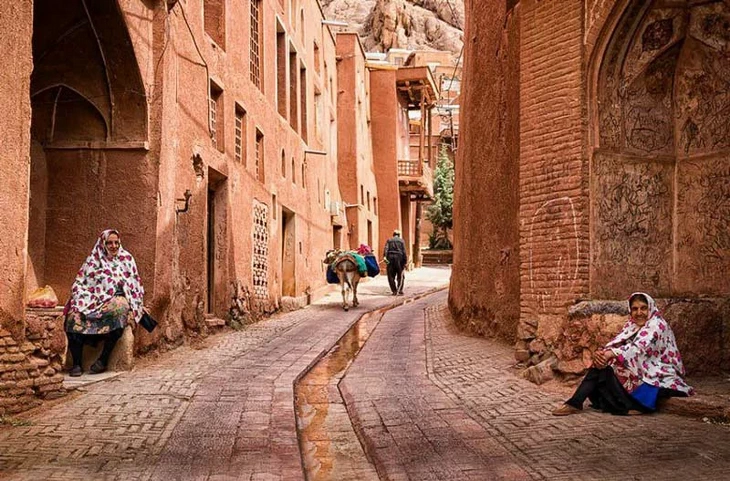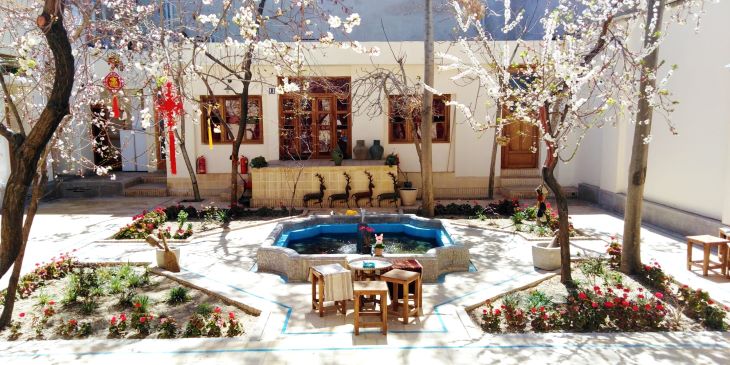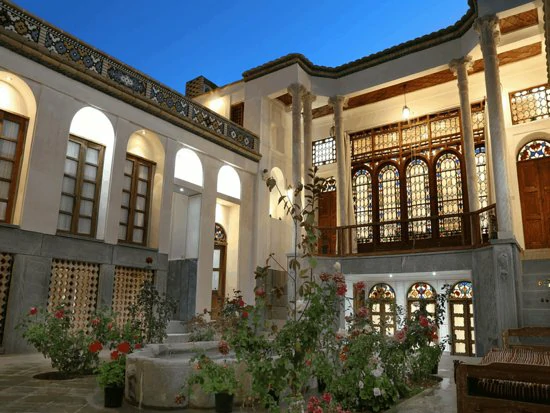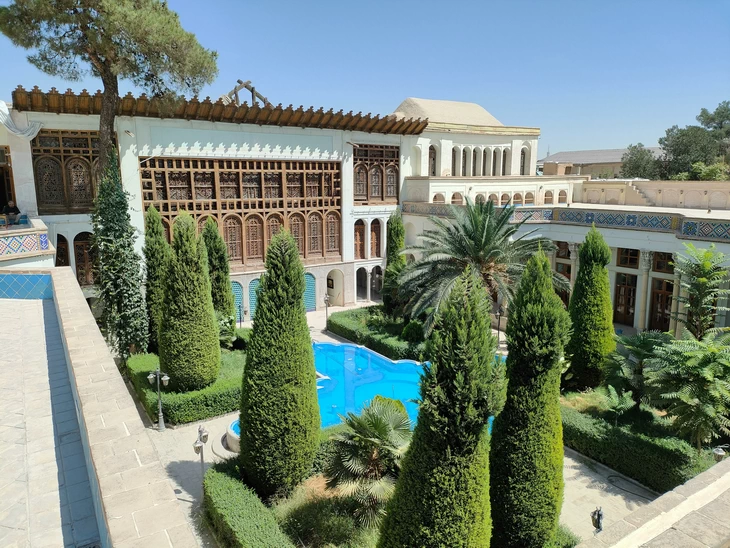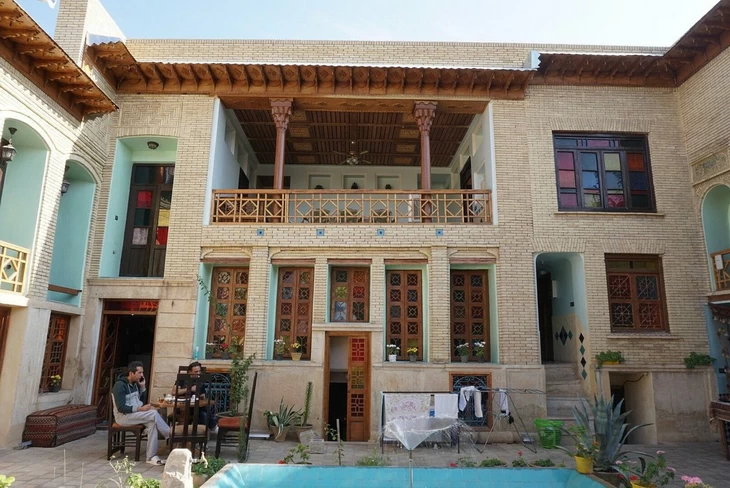Beauties of Isfahan
Do you ever wonder why beauty and artistry are important for our lives and our cities? Beauty isn’t just superficial, and is actually a key part of how we understand and interact with the world around us. Beauty helps us form relationships with our environment: From food to landscape to art, and even with each other. Many of us go about our daily lives in Isfahan without really thinking about how the public space of our city is being used or could be used better.
Delightfully diverse and bewilderingly beautiful, the city has a unique charm that enthralls almost anyone who visits or is lucky enough to call it home. Read this blog post where we will talk about the beauties of Isfahan to get inspiration and find out the best places to visit and plenty of hidden locations to discover!
If you want to find out information about taking a tour of Isfahan, you can take a look at our other blog! And, we’d love to talk to you about Iranian culture when you come to Mahbibi Hostel, and be sure to check our Instagram, because who knows what events we may have!
Esfahan is one of the most important architectural centers in the Islamic world. There are 3 UNESCO World Heritage Sites in Isfahan (you can read the whole list here): Naqshe Jahan Square, Masjed-e Jame, and The Persian Garden (represented in Esfahan by Chehel Sotoun). You can read our blog where we talk more about each of these sites here! Passing through its mosques and Islamic architecture, Isfahan has earned the epithet of the City of Turquoise Domes.
Jean Chardin, a 17th-century French traveler, called Esfahan “The greatest and the most beautiful town in the whole of Orient” and said it “was expressly made for the delights of love”. In the 1930s, the British travel writer Robert Byron rated it “among those rarer places, like Athens or Rome, which are the common refreshment of humanity.” Here is a city that rivals the marvelous churches and domes of Florence and overwhelms you with its transcendental beauty.
Iranians have a saying that goes ‘Esfahan nesf-e jahan’, meaning Esfahan is half the world; but you can only understand that once you come to the city yourself. Beside the beauty, it’s also an important cultural and artistic center, where the country’s most talented craftspeople can be found practicing their ancient trades including carpet weaving, metalwork, woodwork, and ceramics. According to UNESCO, at least 9,000 craft and folk art workshops and enterprises contribute to Isfahan’s economy.
Naghshe Jahan Square
The city of Isfahan was twice the capital of Persia. Isfahan flourished most under the Safavid dynasty (from the 16th to the 18th century) when its finest monuments were created. Under the reign of King Abbas the Great, Esfahan became one of the most beautiful cities in the world. It became the center of Safavid architectural achievement, with the mosques Masjed-e Shah (called the Imam Mosque after the 1979 revolution) and Sheikh Lotfollah and other monuments like the Ali Qapu, the Chehel Sotoun palace, and the Naghsh-i Jahan Square.
Sheikh Lotfollah Mosque is smaller than Imam Mosque, and has no minarets. The reason for this is that this particular mosque wasn’t commissioned by Abbas the Great to be open to the public, it was intended to serve to be visited only by the royal court. Its exquisite dome is covered both inside and out with mosaics, the dominant color inside (from the marble plinths upward) being blue -the shade of “blue grapes when shadows fall on them” as a Persian poet once wrote. The dome produces an optical illusion on sunny days: The sun rays that shine through this hole serve as the tail of a remarkable bird!
The Ali Qapu, on the Shah’s Plaza, has seven stories with numerous small rooms and balconies, recesses for vases, painted stucco, plaster screens, porphyry decorations, and frescoes of dragons, phoenixes, clouds, and mists. The sixth floor of Al-Qapu Palace is the most amazing room called the Music Room. What makes this hall an enthralling experience for our eyes is the amazing stucco work and hollow plaster work aimed to enhance the acoustics of the room and eliminate echoes.
In spite of water damage, the palace has retained an Arabian Nights quality. One can stand on the terrace where Shah Abbas the Great, seated cross-legged, would watch the happenings in the plaza below—the man whose complex personality still dominated Isfahan. Devout, he walked the 800 miles to Mashad on a pilgrimage to light candles for the Shi’ite saint Imam Rida. Cruel, he blinded several royal princes to keep them from rising against him. But he is remembered best as a lover.
In the end, it’s easy to spend the whole day only at Naqsh-e Jahan Square and get lost in its beauty and atmosphere. The square is especially vibrant at dusk, it becomes a main arena for picnics so beloved by Iranians.
Zayandehrud River
Once the iconic beauty of Isfahan, the major artery that ran through the city was the Zayanderud River, which means “life-giving river”, a thoroughfare that nourished some of the earliest civilizations in recorded history and sustained the people of Isfahan down through modern times. The largest river in central Iran and a major source of water for the country.
Khaju Bridge and Joui bridge were both true engineering masterpieces and sitting at the steps of Khaju Bridge and staring at the water below was just enchanting! It’s not a surprise Isfahan’s bridges are so famous and reason enough to visit the city! It seemed like the bridges and their surrounding area were also favorite hanging out spots for people of Isfahan. Both in the early afternoon and in the evening, the riverside was full of people of all ages, just relaxing and having a good time. Isfahan is such a vibrant city, no doubts about that!
Jolfa – The Armenian Quarters
The Armenian quarter of Isfahan dates from the time of Shah Abbas I, who transported a colony of Christians from the town of Jolfa (now on Iran’s northern border) en masse, and named the village ‘New Jolfa’. Abbas sought their skills as merchants, entrepreneurs, and artists and he ensured their religious freedom – albeit at a distance from the city’s Islamic center.
At one time, over 42,000 Armenian Christians lived in New Jolfa. The Armenian museum which is an annex of the cathedral is worth visiting as it holds many interesting artifacts and handwritten Gospels dating back to the 12th century. There are many monuments and historical buildings in New Jolfa which are among the most important tourist attractions of Isfahan, like the ‘Holy Savior Cathedral’ or the ‘Church of the Saintly Sisters’ which is colloquially referred to as Vank, meaning “monastery” or “convent” in the Armenian language.
Chehel Sotoun Palace
The Chehel Sotoon Palace is set in a garden a few blocks west of the Shah’s Plaza. It is called Forty Columns because the 20 slim wooden columns on its terrace are doubled by their reflection in the ornamental pond below. It was built as a pleasure pavilion and reception hall, using the Achaemenid-inspired talar (columnar porch) style. As we enter the main hall or the audience chamber, we are greeted by richly decorated wall paintings on all sides celebrating the heyday of the Safavid dynasty, including a particularly celebrated one of Shah Tahmasb receiving the Mughal Emperor Humayun at a banquet. All these paintings and the splendid Garden are breathtaking.
make sure to take a look at our other Isfahan blogs!

